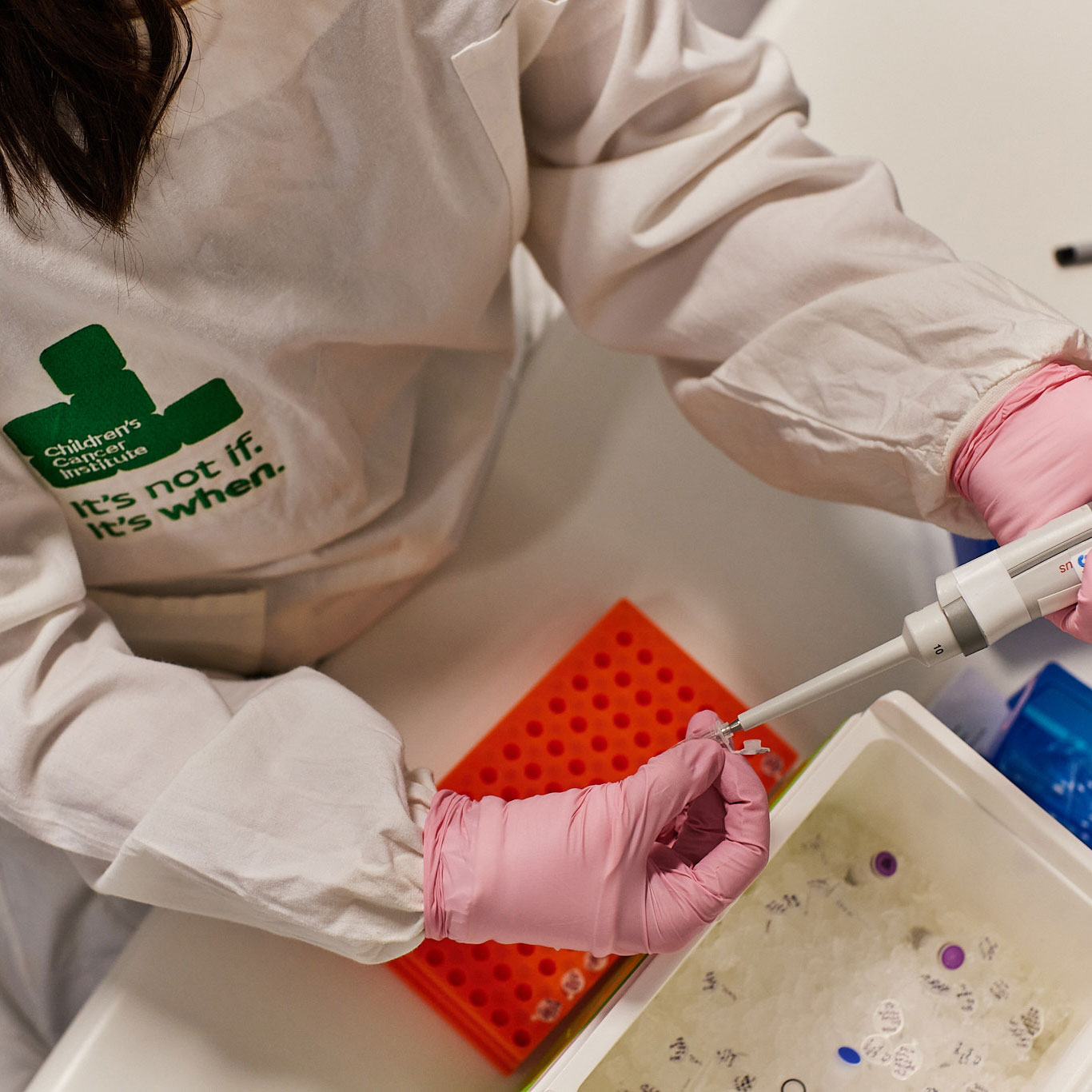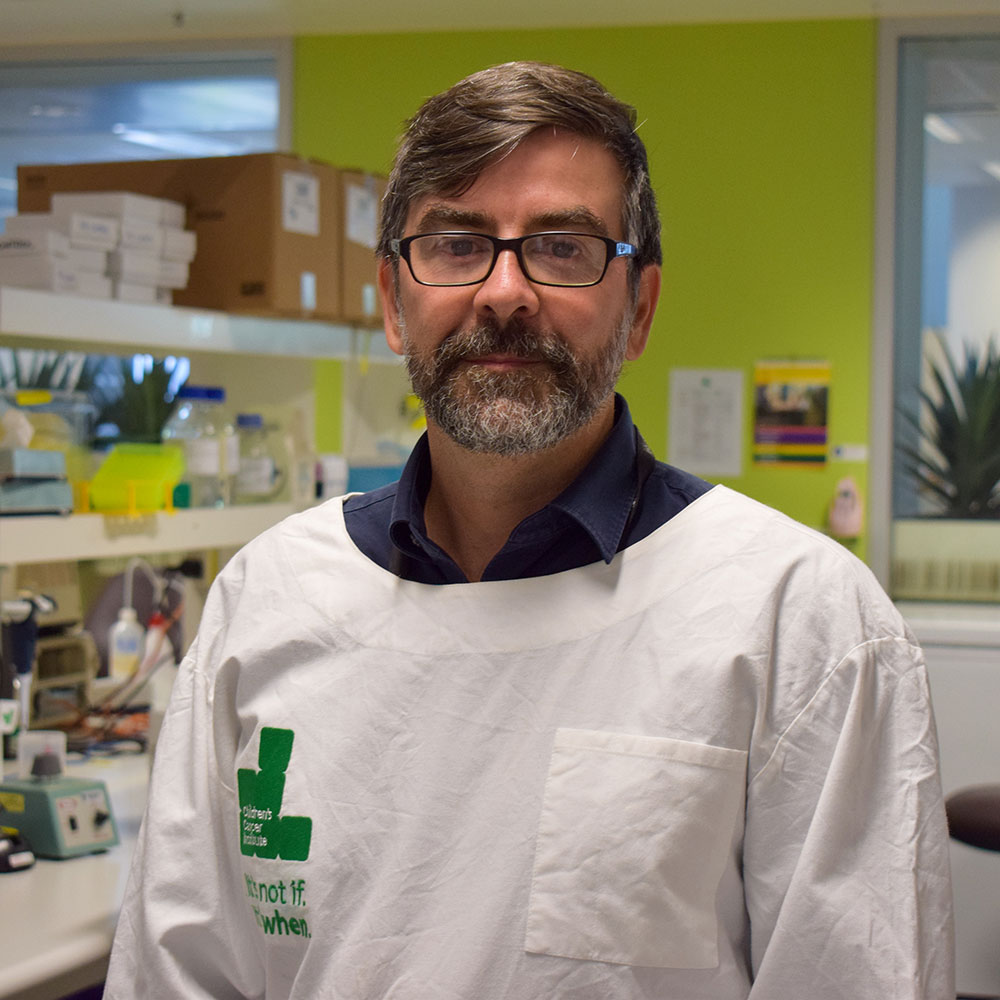
Children’s Cancer Institute is thrilled to announce that our Executive Director, Professor Michelle Haber AM, has been awarded the Premier’s Award for Outstanding Cancer Researcher of the Year 2014, in recognition of her significant contribution to research into childhood cancer.
Announced at a gala dinner, held by the Cancer Institute NSW last night, the Outstanding Cancer Researcher of the Year award recognises the work of Michelle, which has led to major advances in the way childhood cancer is treated.
“I am really thrilled to receive this award,” says Michelle. “This award is not just a testament to my own achievements, but to those of my long-term colleagues, Professors Glenn Marshall AM and Murray Norris, who have been with me on this journey of developing better treatments for children with cancer over the past 25 years; my research team at Children’s Cancer Institute; and our clinical and research collaborators nationally and internationally.”
Michelle is a UNSW Australia Medicine alumnus and is Executive Director of Children’s Cancer Institute located at the UNSW Lowy Cancer Research Centre.
Michelle was appointed as the first scientist in the new laboratories of Children’s Cancer Institute 30 years ago – and her focus on progressing discoveries into treatments for kids with cancer as quickly as possible has remained unchanged.
Michelle’s neuroblastoma research has led to major advances in basic cell and molecular biology, resulting in new clinical approaches and the development of potential new therapies, which are increasingly translating into international clinical trials. Her most recent work has broadened into common adult malignancies, where some of her key neuroblastoma findings appear to have important implications for the understanding and treatment of diseases such as ovarian cancer.
While identification and validation of molecular targets is a goal of many cancer researchers, she has taken her research to the next level by developing a robust drug discovery program, using high throughput screening of small molecule libraries, leading to the patenting of exciting new classes of lead compounds, which inhibit the action of identified molecular targets. These efforts have been greatly enhanced by the ACRF Drug Discovery Centre she has established, which enables cancer researchers, not only at Children’s Cancer Institute, but throughout Australia to access this technology.
Her research using molecular genetic techniques to improve diagnosis and treatment of children with cancer has also had a major impact on healthcare practice. Specifically, the molecular diagnostic tests she developed, together with Professors Norris and Marshall, to identify children with acute lymphoblastic leukaemia at the highest risk of relapse, has resulted in a doubling of the survival rates in these high-risk children, from 35% to 70%. The test is now used as the standard of care for all children in Australia with acute lymphoblastic leukaemia. These technologies are now being used to identify low-risk acute lymphoblastic leukaemia patients whose treatment intensity can be reduced, in order to minimise side effects and increase quality of life while maintaining high survival rates. The team of Haber, Norris and Marshall received the Premier’s Award for Excellence in Translational Cancer Research in 2012. The same year, their neuroblastoma research program was showcased by Australia’s National Health and Medical Research Council (NHMRC) as one of the 10 best medical research programs in the country.
This award comes at a critical time as, under Michelle’s leadership, Children’s Cancer Institute has now started developing its Personalised Medicine Program for childhood cancer, in partnership with clinicians at Sydney Children’s Hospital, Randwick.
This program will allow our researchers to identify tailored treatments that will pinpoint drugs with the greatest likelihood of successfully treating each child’s particular disease, meaning the Institute will become centrally involved in guiding cancer care for high-risk children at paediatric hospitals throughout Australia.














